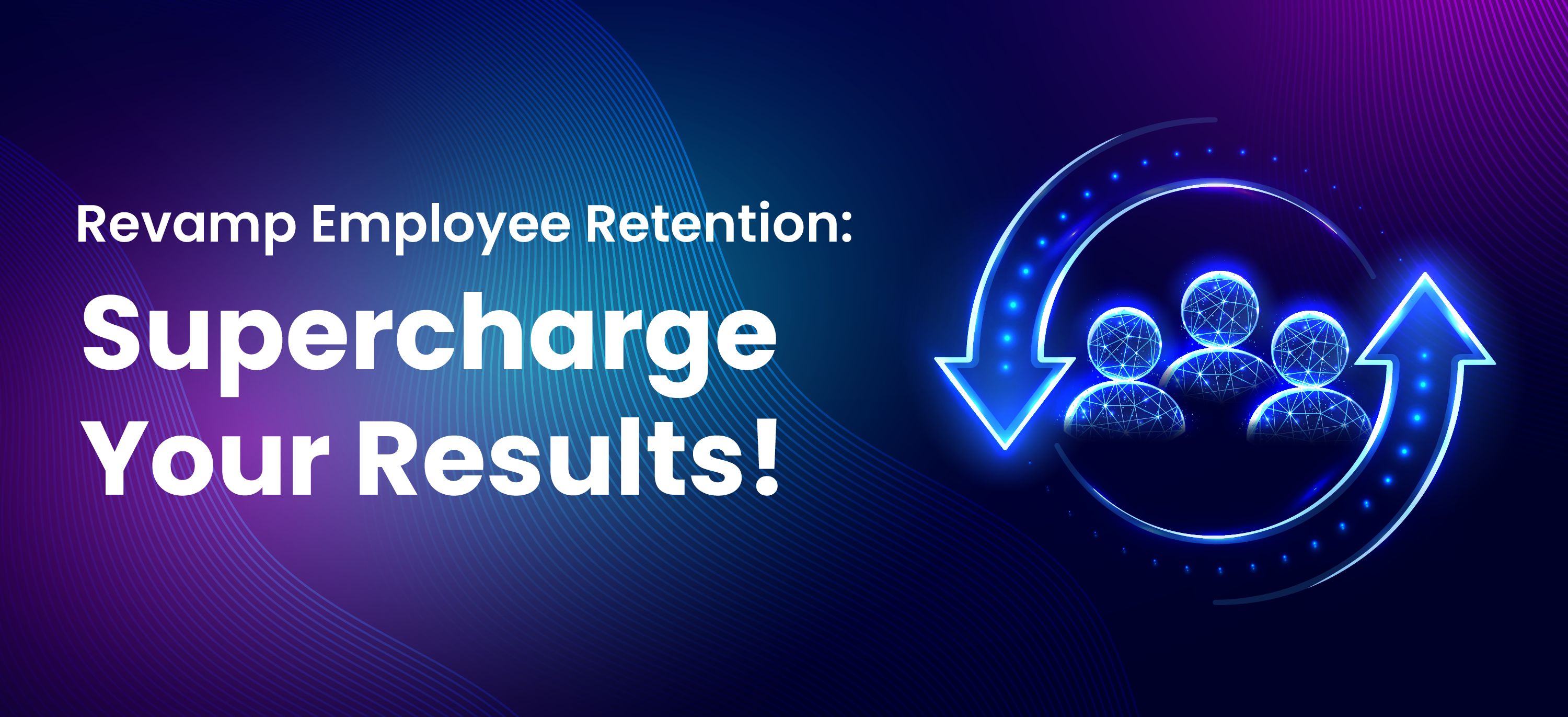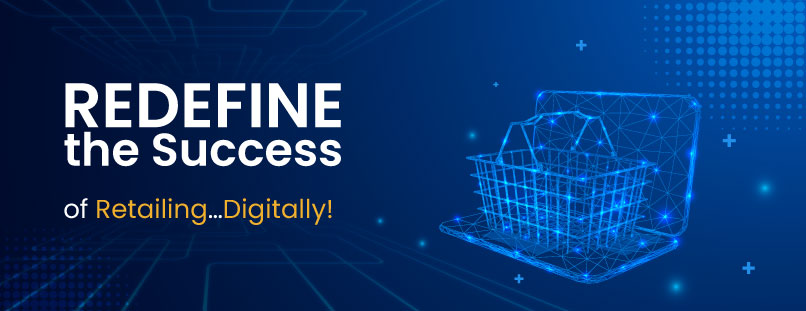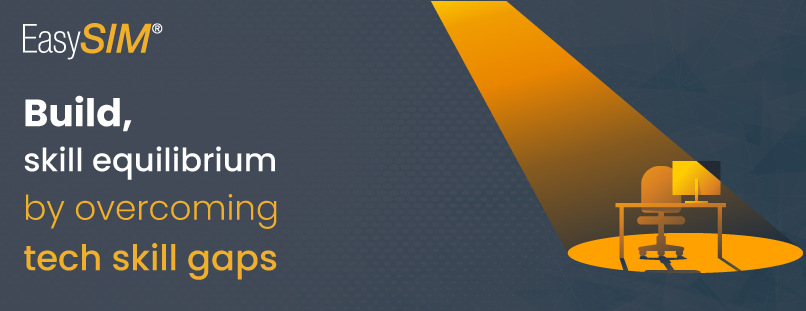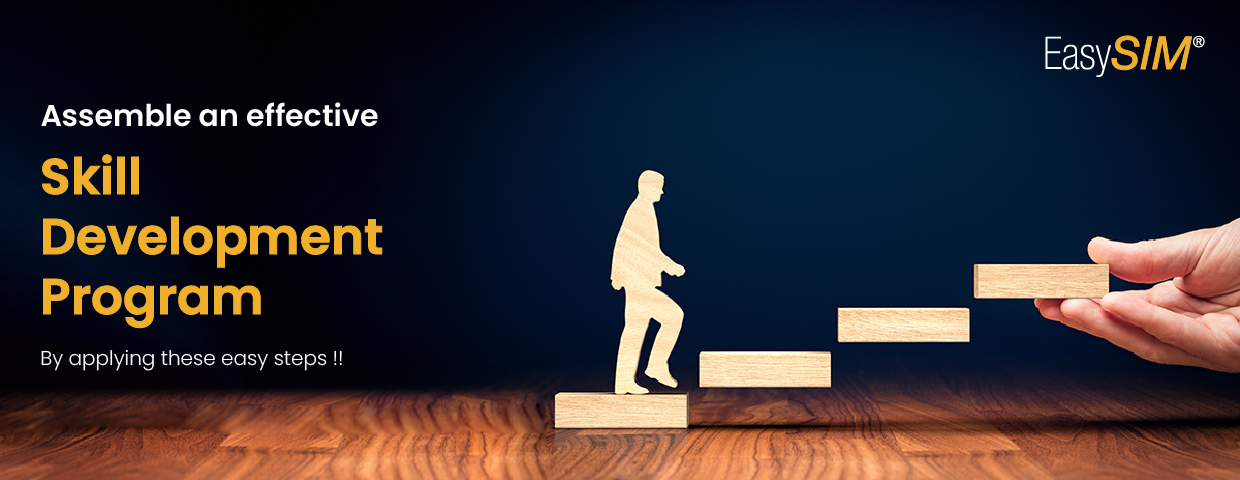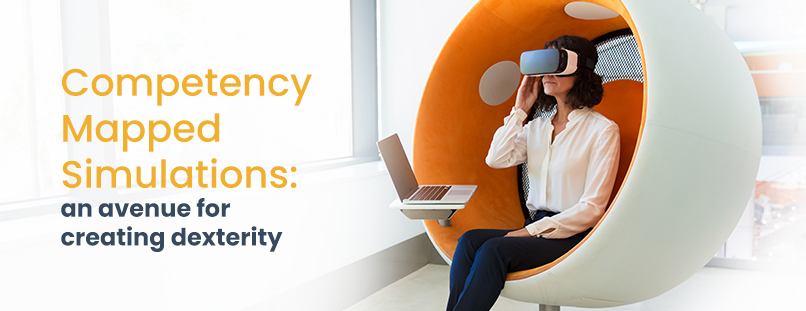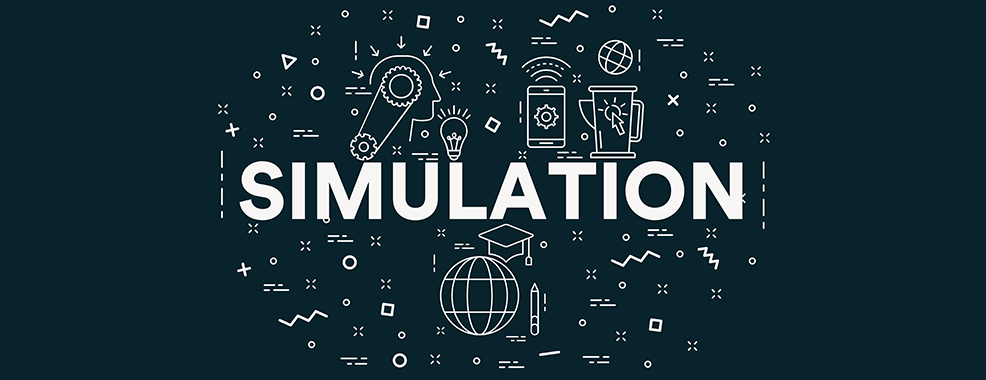To help the company grow, it’s critical for every organization or corporation to evaluate and analyze performance and effectiveness across teams and individual personnel. As the old adage goes, “what gets measured gets done” thus identifying and assessing effectiveness, particularly employee capabilities, is critical. However, it may appear challenging to assess how well your workers are performing their job roles. And anyway, how can competencies like “planning” or “teamwork” be measured? But, knowing how to identify and assess these competencies is critical to increasing your operational productivity.
Having a competence framework in place could aid your business in these efforts since it outlines the abilities, expertise, and traits that employees must possess. What’s not to appreciate about better management, employee retention, a more efficient staff, and even a boost in your company’s bottom line? These are just a handful of the advantages firms gain when employing a competence framework.
What is a competency framework?
A competence framework describes the knowledge, abilities, and characteristics required of employees in a company. Each role would have its own set of abilities required to do the job correctly. A competence framework is a paradigm that focuses on performance management in an organization or sector. It comprises a variety of competencies, work styles, traits, and qualities for a certain role.
Employees will be able to understand their job roles and function thanks to the competence framework. They will be eager to recognize their work’s importance once they know their jobs’ worth, value, and impact.
Why do you need a competency framework in place?
A competency framework aids in making the best decision possible. Leadership and HR can uncover skills shortages, expedite the recruiting process, and increase communication throughout the business when they understand what is required for each function. The benefits of having a competency framework help you:
- Define and evaluate success in each job role in your business.
- Support the recruitment and selection of personnel who are a good match for the job and for the company.
- Create a high-performing company culture with the ability to anticipate and respond to business demands.
- Build a system that connects people’s needs with the goal of the business.
- Set clear performance goals and objectively assess the contribution of employees.
- Empower everyone to take charge of their own growth.
- Evaluate ‘competency gaps’ in people and teams, and give useful insights for developing modules for more growth and training opportunities.
How can you develop a competency framework?
Creating a competency framework can be a long and complicated process but involving the right competencies and employees concerned with the framework makes the process much better.
Implementing the following steps will allow you to create a competency framework that enables you to easily stay on top of the areas of skills and expertise that each worker requires.
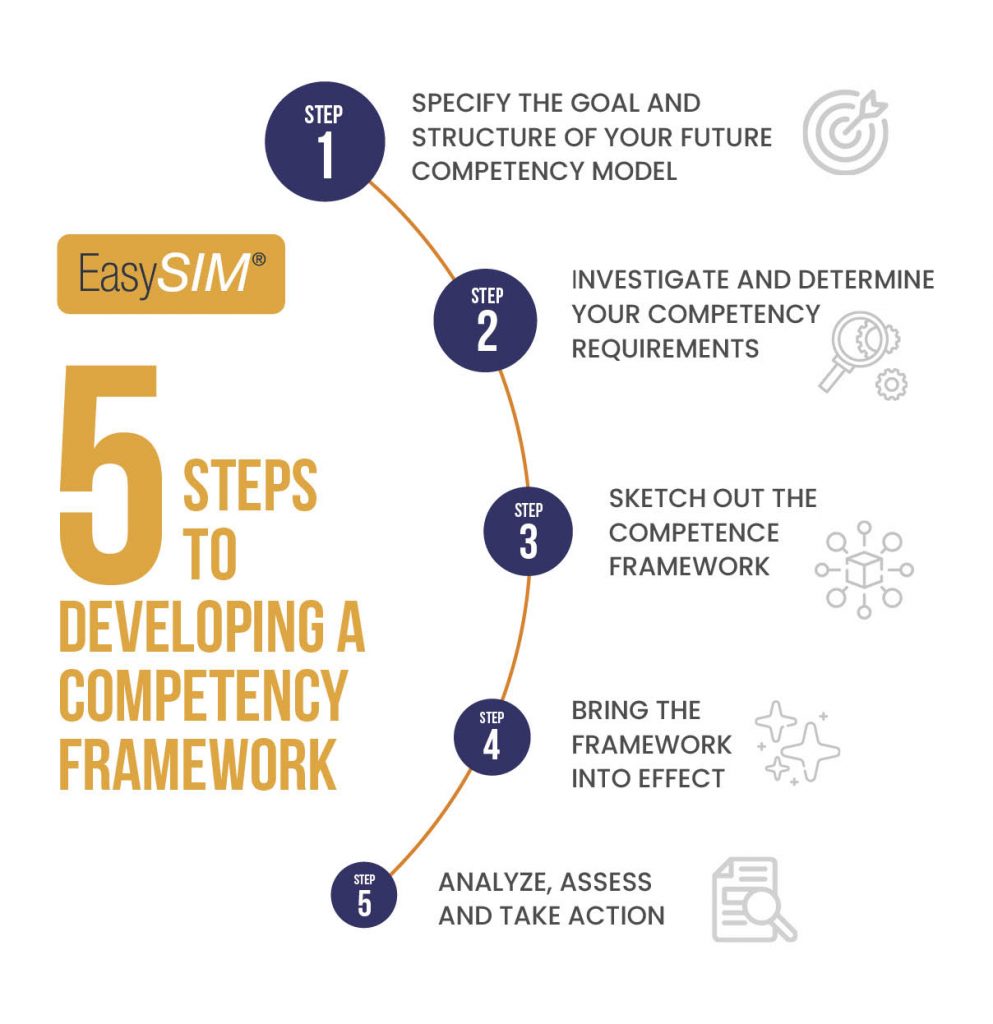
Step 1 – Determine your future competency framework’s objective and layout.
Ask yourself the following questions before you start creating the framework:
- Who is it for?
- Why is it needed?
- What purpose will it solve?
Context is the essence of a competence framework; first, figure out what you want to get out of it and let your employees know your plans as soon as possible. You’ll need to collaborate with all levels of your organization to ensure that the framework is readily available, user-friendly, and properly deployed. Make your purpose extremely precise, then align it with the C-suite and management to ensure everyone is on the same page about how you’ll utilize the competence framework to make an effect. Also, the competence framework model should be developed as a flexible model to handle future modifications.
Step 2 – Research and establish competency needs
One of the most crucial stages while creating a competency framework is gathering information about each job category inside your company. The information you collect will set the foundation for the development of competencies. The more time and energy you put into competence analysis, the more effective your framework will be. Similarly, the more precise your framework will be, the finer the information you collect. It is critical to employ appropriate strategies while gathering information on the roles. You can try collecting data via:
Examining – By seeing and observing how individuals go about their jobs.
Talking – By having conversations with teams and individuals about significant competencies they believe are most crucial to the success of a certain function.
Analyzing – By identifying the behaviors displayed by the occupations for which you’re constructing a competence framework.
Surveying – By giving out surveys that will help you in doing an in-depth employment analysis.
Step 3 – Chalk out the framework
It’s time to put together your initial draft of the competency framework once you’ve gathered some data, gotten a few perspectives, and completed your research.
For each position, you’ll now have a list of actions and tasks. Pick the competencies required for each function and organize them into clusters. Ensure the competencies are clearly named, such as problem-solving, teamwork, and active listening. This gives you the fundamental structure of the competency framework.
Evaluate and adjust the competencies after you’re done to verify that they’re still important and required for good job performances in particular job positions. You can have as many competencies as the job requires for each function. The idea is to ensure that the skills you indicate are actually required.
Step 4 – Put the framework into action
This is a critical stage that defines the framework’s success. Consider your original goal for establishing the competency framework when you bring out the final competency framework. It’s vital to describe why the framework was created and how you want it to be used by your staff. Specify how it will be modified, as well as any processes you’ve implemented to handle changes.
Once employees accept this approach, the implementation process will be a lot easier. To get everybody on board, persuade them of your positive motives and career rewards.
Here are some pointers on how to put the framework into action:
- Make sure it’s aligned with the company’s goals.
- Propose that the competencies be rewarded in accordance with the company’s policy.
- Ascertain if the organization can give suitable support and training to assist employees in improving their skills.
- Create a framework that is simple to use and easily understandable.
Step 5 – Monitor, evaluate and act
By matching the competencies required in each job function to the competency of workers already in that role, managers may eventually build on individuals’ strong points, followed by identifying competency gaps and preparing for continuous growth and learning.
Conclusion
Every firm can benefit from developing and implementing a competence framework model. They provide workers a clear picture of what it takes to succeed in certain tasks and indicate the skills they need to grow professionally.
By taking these broad steps, you can develop a model to assist your people in achieving their individual goals and improving overall performance. Once you’ve put it in place, your staff will be able to evaluate if the model is effective and if it needs to be tweaked on a continuous basis.
Read more about unconscious competence.


